Experimental french planes serie
- Dassault Mirage MD750
- SNCASE SE.212 Durandal
- SNCASO Déver
- Nord Harpon
- Dassault Albatros
- Leduc 0.21
- SNCASO SO.4070 "Minerve" strategic bomber
- SNCASO SO.4000
- SNCASO SO.6021 Espadon
- SNCASO TRIDENT

This plane was made for Thelegitpilot13's Production Prototypes Challenge .

Controls :
AG1: Lights
AG2: Arm Matra Super 530 missiles
AG3 + Fire Ground Weapon: Active SEPR rocket (tip: keep pressing the "fire weapons" button to give intensity to the trail of the rocket)
AG4: Dislabe rocket
AG5: Parachute
About my plane
This plane is armed with four Super 530D missiles, as well as two DEFA 553 30mm.
It has a single-use SEPR rocket, as well as a relatively detailed cockpit, in this cockpit, there is aslo a pilot.
This plane has a tricolor prototype livery, and the missiles are painted in red and white, the use on the French prototypes.
If you want to do something fun, for example go into a spin, simultaneously hold down one of the rudder control keys with one of the roll axis keys (left/left or right/right).

History of the project

The first Mach 3 fighter projects were launched by the Air Force in June 1958. Nord Aviation and Dassault presented preliminary drafts of the Super Griffon or Mirage VIA (the latter weighing 13 tons at take-off, and powered by a Super Atar of 9 tons thrust.The program was abandoned, then relaunched with the appearance in 1964 of the MiG-25 and the SR-71.

The CPE (Foresight and Evaluation Center) was created in February 1964 by Pierre Messmer, De Gaulle's Minister of the Armed Forces. It is headed by Hughes de l'Estoile, who issues a note on May 25, 1965 on the study of "a high-Mach piloted aircraft". It is a question of imagining what such a device could be around 1980, and its possible missions (air defence, distant reconnaissance, strategic attack). The CPE will become BPE (Bureau replacing Center) in August 1967. The Air Force collaborates quickly, but the officers quickly note that the study is vague and that producing a missile capable of this speed is easier. In fact, a Mach 3 or 4 device is only of interest to carry out air policing missions if the civilian devices themselves have a speed of Mach 3.

The BPA (Bureau Prospective Air) of the Air Force issued a favorable opinion on November 22, 1965, specifying that it must remain a study, and not a program sheet. This resulted in a call for tenders launched on December 14, 1965 by the CPE to Breguet, Dassault, Nord and Sud Aviation. The Dassault and Sud Aviation proposals were accepted in May 1966. Matra and Thomson were called upon to design the missiles and corresponding radars. Matra is already designing the fixed electronically scanned antenna, now operational on the Rafale, and Thomson's studies will ultimately serve as the basis for the Super 530. 10 types of engines (including turbojet/ramjet combinations) are required, including 8 by Snecma. A project was also designed around the J58 which equips the SR-71. Others were based on the TF306: this engine, derived from the TF30 and fitted to the Mirage F2 and G, gave Snecma the experience needed to work on the successor to the Atar, the M53. One of the projects, the LZ1-43, is equipped with 2 M53s.

If Sud-Aviation gave up quickly, Dassault embarked on a large number of Mach 4 class preliminary projects and the first proposals arrived on October 19, 1966. It was the first time that engineers used a computer to calculate aircraft trajectories and performance. Heat resistance is studied and a steel and titanium structure, with honeycomb coating, is considered. Panels will also be tested in four.
However, Dassault's projects were met with disbelief and skepticism within the Air Force, doubts which were expressed as early as June 1967. Building a Mach 4 fighter, with the work that this represents in terms of materials, reactors and take-off weight (one of the projects, the MZ1-46Q, exceeds 40 tons), seems beyond the industrial capacity of the country. Moreover, a fighter flying at Mach 3 can already be 400 km inside France before interception. Consequently, the projects remain very discreet, even secret. We just admit that there are, at least on paper, studies on the subject.
After the work accomplished in 1967-1968, Dassault received a contract for 5 million francs for a program called SAME (High Mach Aircraft System), more precise and less ambitious: it was no longer a question of Mach 4, but of Mach 2. .5 to 3 or Mach 3 to 3.5.

On February 19, 1969, Dassault proposed a twin-engine delta wing: its maximum speed would be Mach 3.5 and it would be able to climb to 16,000 meters in 5 or 6 minutes, and finally fly at Mach 3.2 for 10 minutes.
It is in this context that a 3-view plan of the MD-750 appeared, drawn by Alain Ratineau in Aviation Magazine, in June 1969, without further comment. A model is also on display at the Dassault stand at the Paris Air Show that year. It is also given the nicknames "Super Mirage 6000" or "Mega Mirage".
This aircraft would be an interception fighter, single-seat, it is of similar dimensions to the Mirage IV. Just like the latter, it is twin-engine (two M-53 reactors), single-derivative and has a low delta sail.

The similarities end there, the MD 750 has a rectangular section fuselage except for the part forward of the air inlets (cockpit and nose cone) which are of conventional section. Rather high perched, it would seem possible to pass under the sail without bending down.
The two air intakes, reminiscent of those of the MiG-25, are of rectangular sections, the upper part of these begins just behind the cockpit to dive with an angle of approximately - 20° compared to the RHF towards the lower part.

The main gears are located under the wings in the extended position and stow inwards. The wheels coming into the gear compartments located in the fuselage. As for the trains, they are stored in the half wings which they close via hatches mounted on the side of the trains. The front axle (also 1 wheel) folds backwards and is located at the level of the lower part of the air intake.
The windshield is fixed and made up of 2 transparencies separated by a longitudinal arch. The hinged canopy at the rear opens upwards. It is also made up of 2 transparencies also separated by a longitudinal arch extending the first. The whole thing looks a lot like the canopy of the CF-105.
Two rather imposing keels are located under the fuselage, they start just behind the main landing gear and spin backwards while decreasing in height.
Three airbrakes are fitted to this aircraft, two in the dorsal position positioned on the fuselage at the height of the fin and one in the ventral position positioned between the 2 keels.

However, the project remains discreet and seems to be just a publicity stunt. As the following shows, there was probably never a serious question of building the device, even at the prototype or experimental aircraft stage.
In 1970, the program was considered still too ambitious: a 16-ton fighter with a speed of Mach 2.5 was recommended instead, the future ACF. The Mirage G8 was about to be built, but only as a demonstrator. The construction of 170 Mach 3 fighters over 10 years was estimated at 20 billion francs in 1969, or 4 times more expensive than an otherwise more efficient surface-to-air missile system. The SAME program was therefore abandoned in 1971, even if high speeds were approached with the Mirage G8 (Mach 2.34).

In conclusion, the SAME was more than an exercise for Dassault's design offices: it showed the futility of high-speed pursuit and made it possible to account for the industrial limits in this field. Efforts will continue on on-board systems and missiles. From this stems, more or less directly, the Super 530D, the Snecma M53 and modern radars

Specifications
Spotlights
- GrizzlitnCFSP 2.7 years ago
- SyntheticL 2.7 years ago
- ShiroNeko 2.3 years ago
- DDVC 2.7 years ago
- Bryan5 2.7 years ago
- Dragoranos 2.7 years ago
- sKyCoS 2.7 years ago
General Characteristics
- Predecessor [CLOSED] Production Prototypes Challenge
- Created On Windows
- Wingspan 34.8ft (10.6m)
- Length 61.4ft (18.7m)
- Height 14.9ft (4.5m)
- Empty Weight N/A
- Loaded Weight 5,287lbs (2,398kg)
Performance
- Power/Weight Ratio 33.744
- Wing Loading 52.4lbs/ft2 (255.8kg/m2)
- Wing Area 100.9ft2 (9.4m2)
- Drag Points 1682
Parts
- Number of Parts 757
- Control Surfaces 7
- Performance Cost 3,023

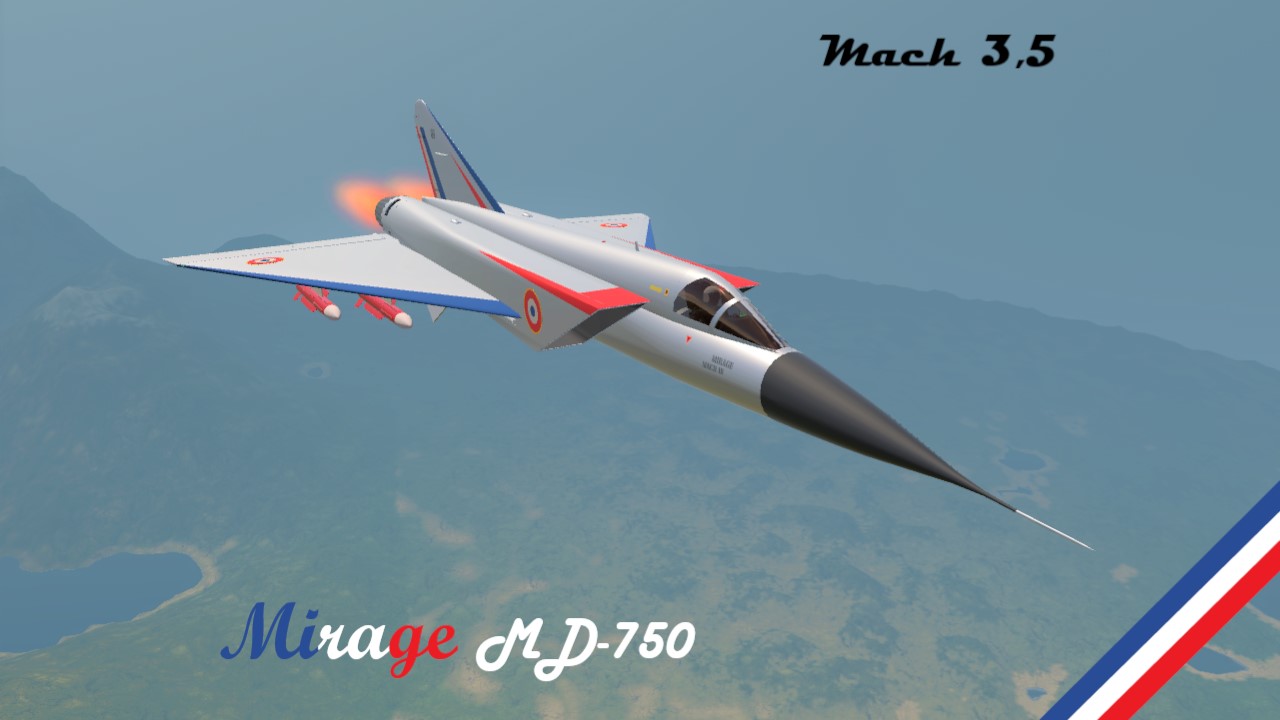
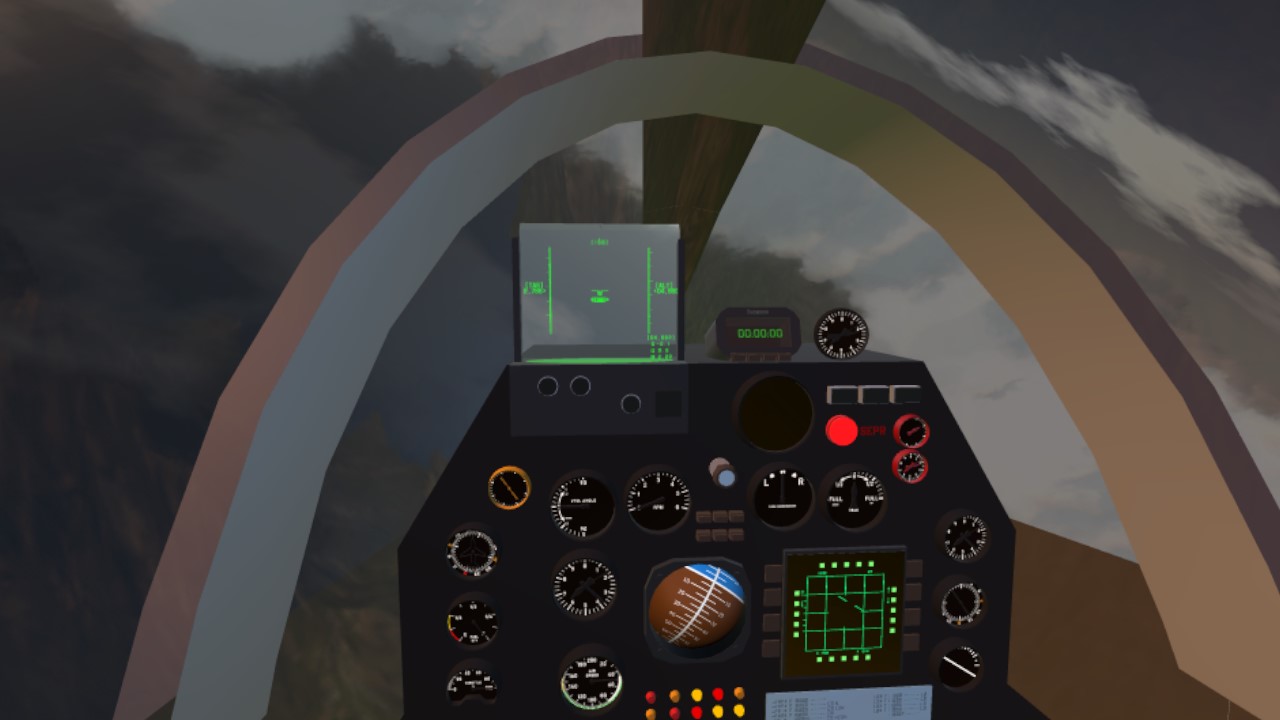
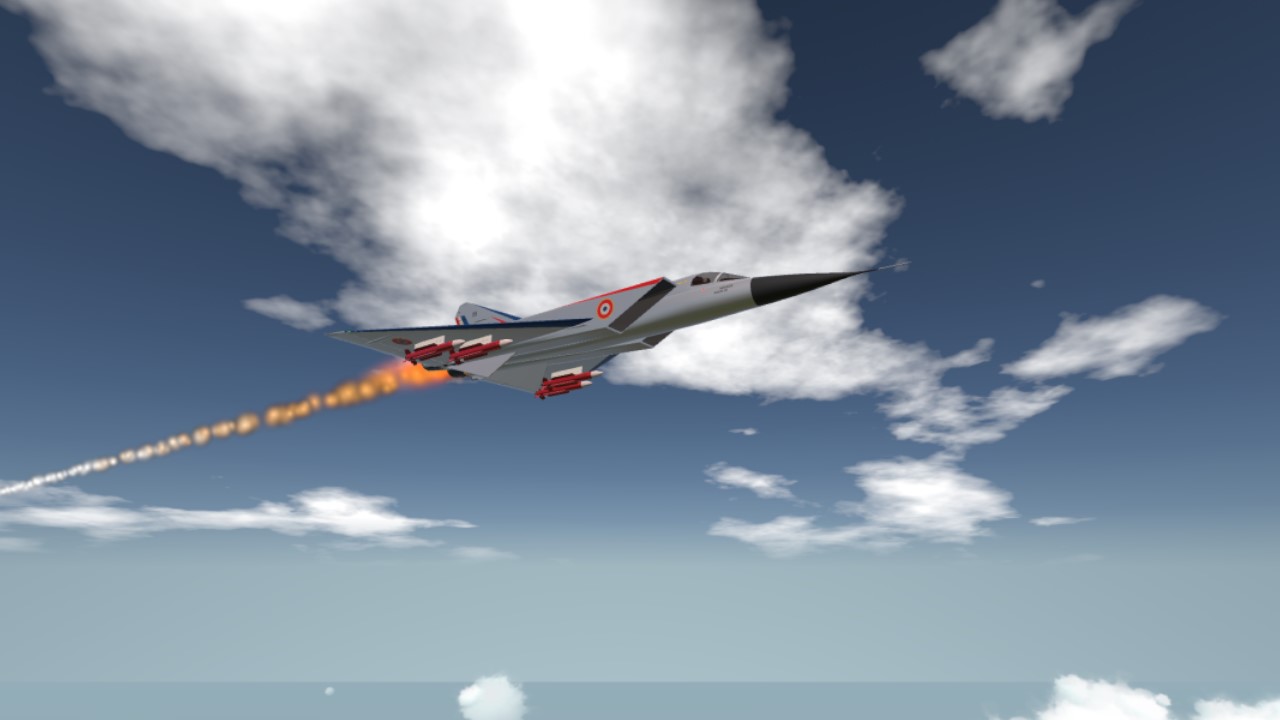
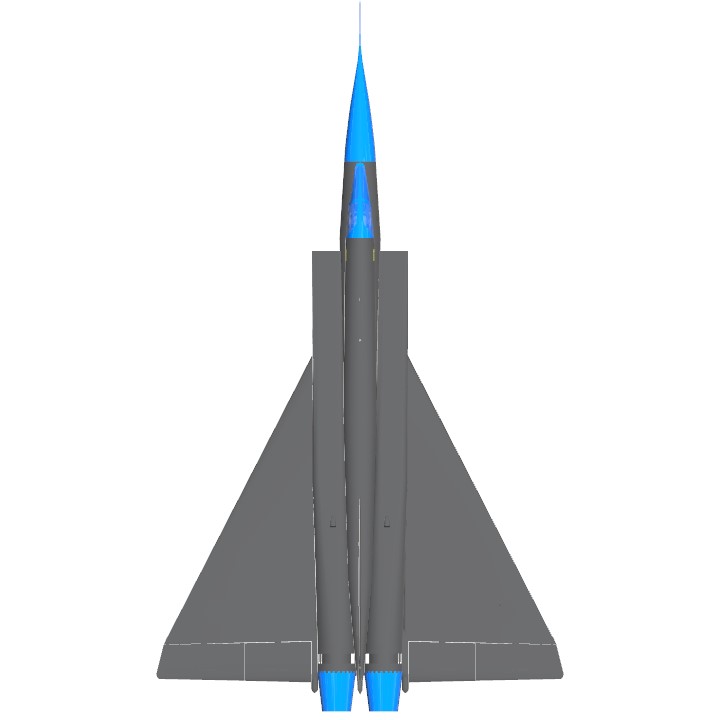
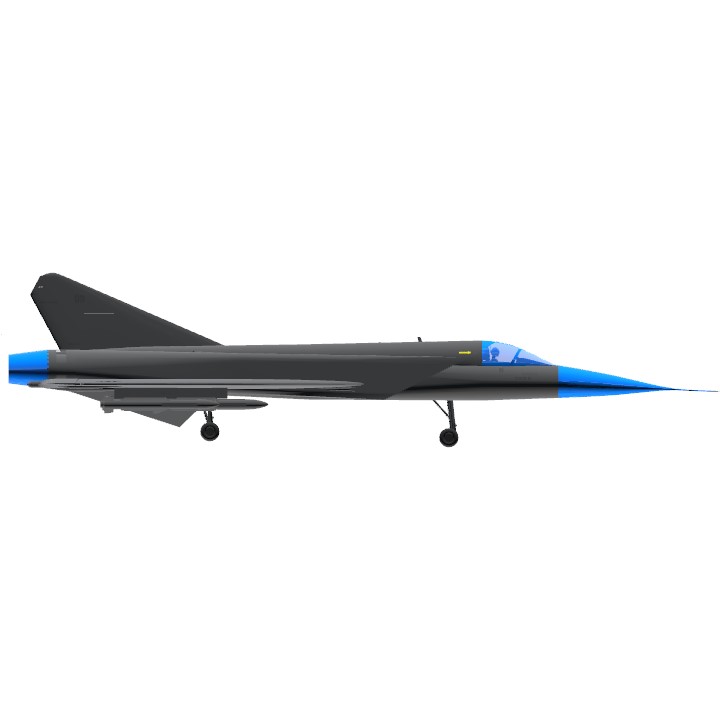
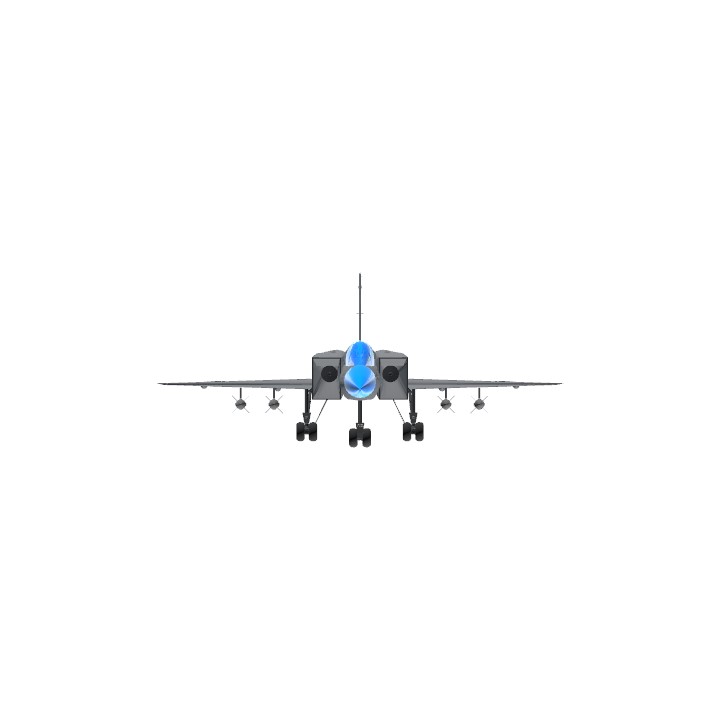
@CharlesDeGaulle avec plaisir ☺️
I found it interesting that there are a lot of parts which is made out of glass
You forgot to add variables for your HUD.
@GrizzlitnCFSP Merci !
Très belle réalisation 👌👌👌
@Shimamurahougetsu
@AlbertanPlaneMaker
@Bryan5
@ImSimon
@IAlsoBuildPlane
@DatRoadTrainGuy19
@ReturnOfJeffChandler
@kyomunosekai
@SyntheticL
@SPairforce
@Dragoranos